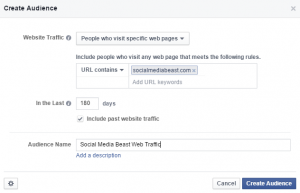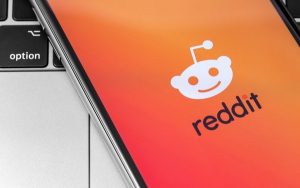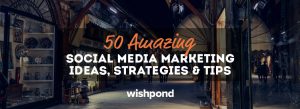Why Omnicom is betting on Big Advertising
Troy Ruhanen, CEO of the newly announced Omnicom Advertising Group, says scale and size is about innovation, not consolidation.
BY Jeff Beer
One of the world’s largest advertising holding companies has decided to lean into its size and scale. Omnicom recently announced a reorganization of its agencies into the Omnicom Advertising Group (OAG), which will include global networks BBDO, DDB, TBWA, as well as Goodby Silverstein & Partners, GSD&M, Merkley & Partners and Zimmerman.
Starting in January 2025, OAG will be led by current TBWA Worldwide CEO Troy Ruhanen, along with current TBWA chief product officer Deepthi Prakash, who will become chief operating officer, and TBWA’s CFO Denis Streiff, who will take over as OAG’s global CFO.
In a statement, Omnicom insisted that each agency will retain its unique brand, culture, and people, “while capitalizing on OAG’s shared and scaled investments in innovative tools, technologies, specialist capabilities, and AI platforms.”
Ruhanen tells Fast Company that this isn’t about consolidation in the name of cost efficiency. “Otherwise I wouldn’t have taken the job,” says Ruhanen. “The story is about really making sure that we can help these agencies, these brands, thrive. And how we’re going to do that is by obviously using scale to our advantage.”
When big is good
Back in 2000, Sir Anthony Hopkins starred in a UK spot for Barclay’s Bank touting the advantages of “big.” Ruhanen says that there isn’t enough talk in the ad industry of its own size advantages.
That’s due to any number of reasons. Advertising holding companies were built on the idea of gathering the marketing and advertising ecosystem under one roof—creative, research, PR, media buying and planning, digital production, and social media—to become a one-stop shop for the world’s largest marketers. In time, though, the model created bloat, turf wars, an emphasis on media buying over creative, while also putting the needs of Wall Street investors over great work. It’s what former Domino’s chief marketing officer Art D’Elia once called the “distractions” that led him to working with smaller creative shops.
Over the past few years, holding companies have also consolidated their agency brands. WPP, for example, merged J. Walter Thompson and Wunderman to create Wunderman Thompson, Y&R and VML to make VMLY&R, and Grey and AKQA into AKQA Group.
Many of these moves across holding companies were about increasing efficiency, cutting bloat, but also trimming off some operations that had ceased to grow. The ad industry had significant layoffs late last year and into 2024, with holding companies feeling the worst of it. Ruhanen insists that’s not the case here.
“If you look at our numbers, the advertising and media section is doing fine,” he says. “I’ve had nine years of growth out of my 10 years here. The one year was COVID.”
In the past few years, Omnicom has reorganized its portfolio of businesses more specifically into marketing disciplines leading to Omnicom Media Group (OMG), Omnicom Health Group (OHG), Omnicom Precision Marketing Group (OPMG), and Omnicom Public Relations Group (OPRG). OAG is just the latest piece of that puzzle.

Ruhanen says that these groups have allowed the company to scale technology while still keeping individual agency brands alive and well. And he expects to do the same with the advertising group. TBWA is perhaps best known for its work for Apple over the years. BBDO is known for big ads for big brands like P&G, HBO, AT&T, and more. DDB is known in recent years for its international office, including its Christmas work for retailer John Lewis and its Stockholm office’s quirky work for McDonald’s.
“We are always about the agency brands,” he says. “What I like about this model, is that we give clients choice, we give them flexibility, and we just don’t have one way of doing things.”
Scaling AI
Okay, so what does all this organizational kumbaya mean in practice? For example, in June TBWA launched its own AI platform call CollectiveAI. Built on the back of Omnicom’s existing generative AI suite of services, the platform aims to help agency clients better spot and tap into cultural trends, as well as social media research, strategy, ideation, and planning.
It took advantage of the holding company’s AI partnership agreements with Adobe, Microsoft, Google, and DALL-E to make something with a distinctly TBWA bent to it. Ruhanen sees that as an example of how OAG will work.
“We build these platforms, then we personalize it with our methodologies and our ways of working as an agency,” he says. “When you identify an innovation that you think is really amazing and unique, how do you share that? How do you scale that so you’re not doing 55 different versions of it? It’s about identifying innovation, being able to scale it, doing it once brilliantly, and then personalizing into the agency cultures. That’s where the efficiency really is.”
ABOUT THE AUTHOR
(10)





